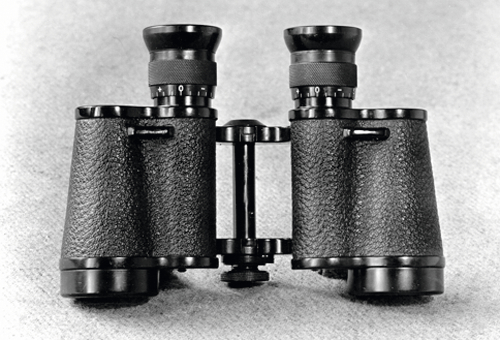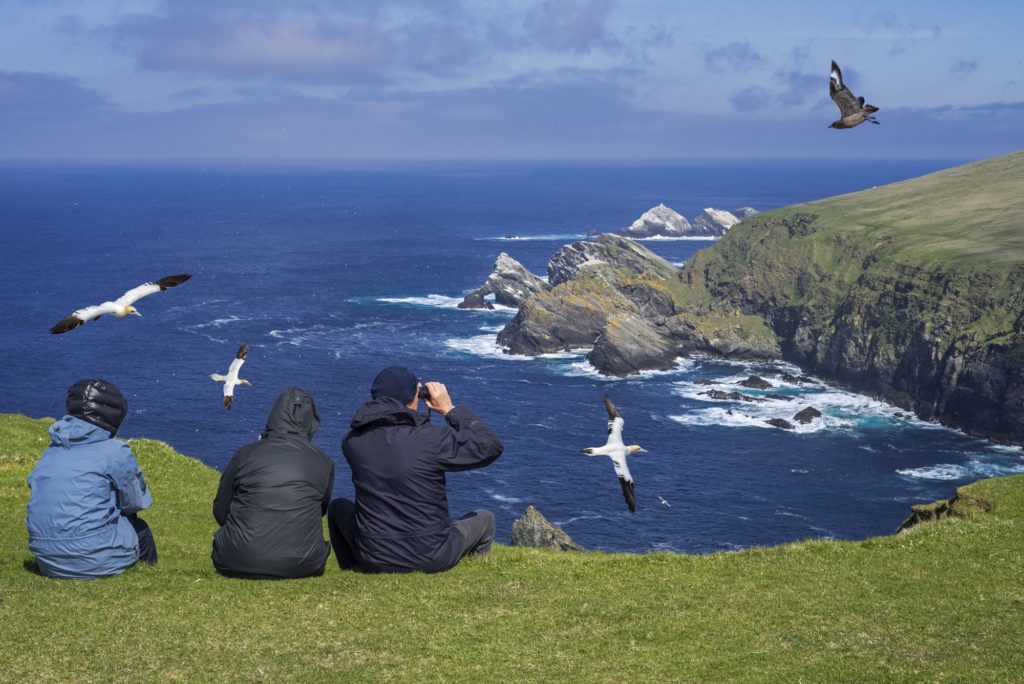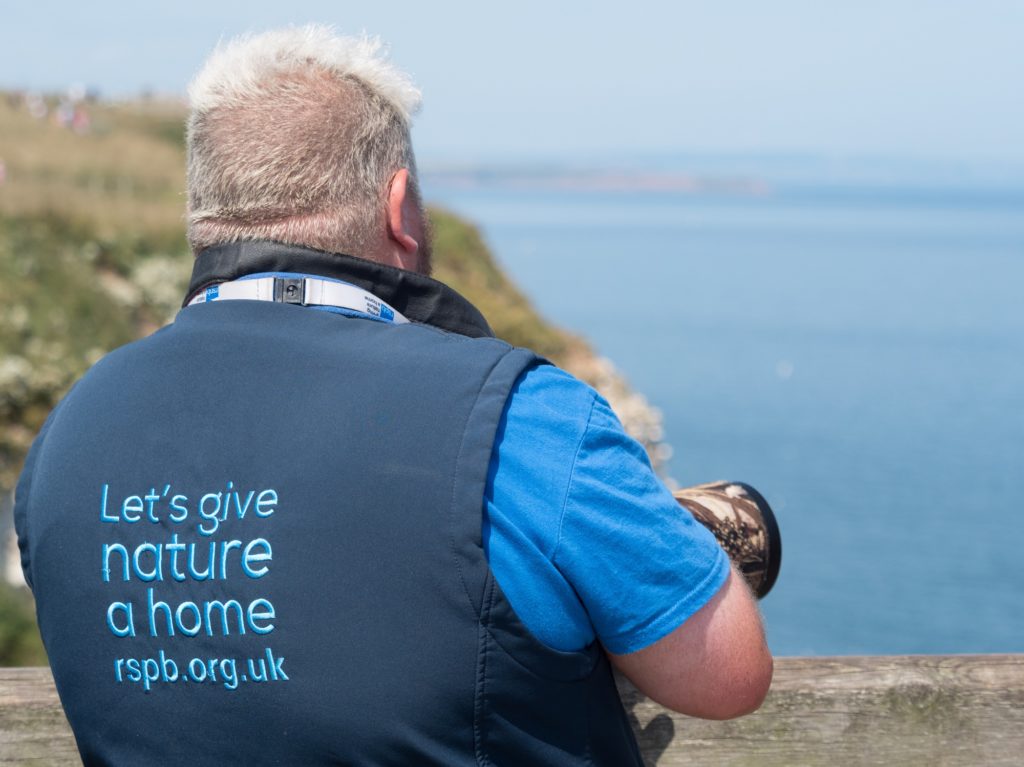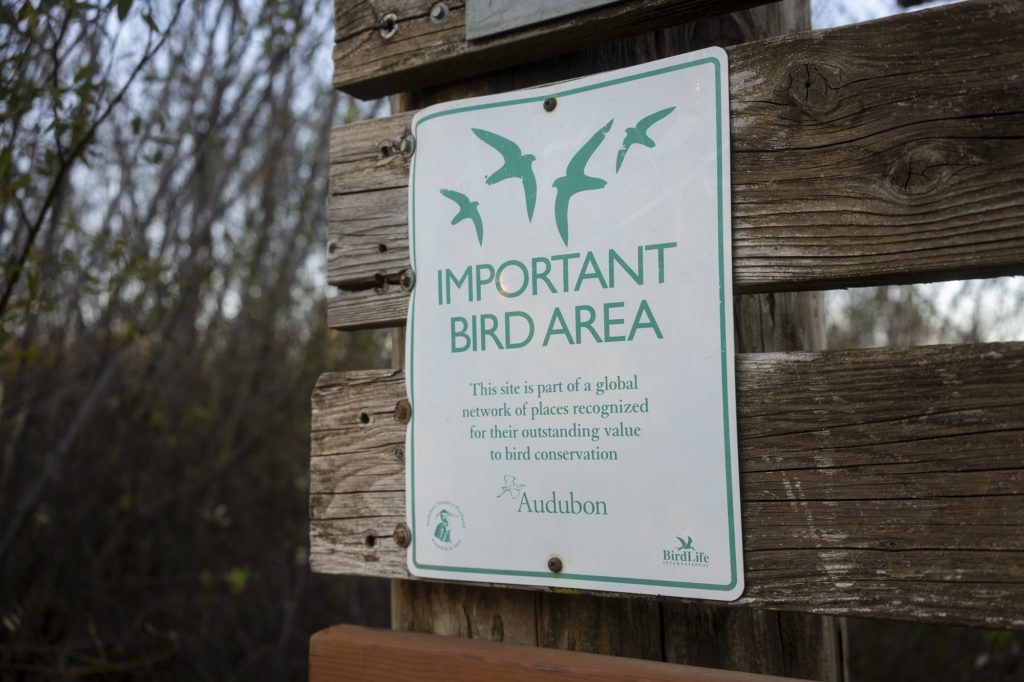With the invention of the first prismatic binoculars at the end of the 19th century and the first commitment of various zoologists to protect birds and their habitats described in the last article globally more and more organizations and institutions arose, who dedicated themselves to the protection of birds and ornithology as a science.

1917: Introduction of wide-angle binoculars to optimize the field of view. Source: ZEISS archive
Moritz Carl Hensoldt founded the optical-precision engineering industry in Wetzlar, Germany, which continues today as an important industry for this city. Like Carl Zeiss, Hensoldt started with microscopes and a first astronomic telescope and then invented his first binoculars. In 1897 he developed roof prism binoculars glasses and other exclusive as foundation stone for his Dialyt, today known as the “Abbe-König-system”. This so-called reflectance prism turned the picture by 180° so it was no longer back-to-front and prevented all kinds of optical misalignment. This was important for the “Night-Dialyt, which the company launched in 1930. At that time, the former family-owned company of Moritz Hensoldt already had been a stock corporation for the last eight years, after six years though Carl Zeiss Jena took over the majority of shares.
Bird watching became more and more comfortable and more precise. During the same time the first organizations developed that had the protection of birds as sole focus. In Germany the “Federation of Bird Protection“ was founded in 1899 by Lina Hähnle, who was called the German “bird mother”. The annual membership fee was very low, about the value of a loaf of bread, in order to get a broad audience. Lina Hähnle mainly fought against the fashion for hats of her time, where huge bird feathers were used. She had good relations with politicians and managed to get the German national bird protection law to be enacted in the beginning of the 20th century. She was not only interested in changing the conditions for birds in Germany, but also committed herself to France and the US, where she could win US president Woodrow Wilson as a new member for her organization. Today the organization is renamed into the “Federation for Nature Conservation”, but they still work in the tradition of Lina Hähnle and buy land to protect the habitats of birds. Lina Hähnle’s first purchase was a lake called “Federsee”, even today a very important nature conservation area and habitat for birds. The nature conservation center there, sponsored by ZEISS, is an important point of contact for bird watchers and the interested public. She always travelled in the least expensive class of train compartment until the end of her life with the goal to talk to people and win new members for the organization.
In England this tradition already started ten years before with the foundation of the Royal Society for the Protection of Birds by three ladies. The British founders were also against the exploitation of birds for the fashion. In England mainly feathers of the Great Crested Grebe were used, which the RSPB fought against from 1889 onwards. Step by step the RSPB got more and more areas for conservation and today is one of the strongest nature protection organizations with more than one million members.

©Arterra / Philippe Clément – stock.adobe.com 
©Tony Skerl – stock.adobe.com
In the USA, the foundation of the “National Audubon Society” had a more scientific orientation. The zoologist, publisher and natural scientist George Bird Grinnell founded the organization in 1905 after having run different other organizations before. His purpose was to run a scientific expert association for the protection of birds. Grinnell placed his organization consciously against the existing organization “American Ornithologists’ Union”, which at that time endorsed the hunt of birds to collect it for scientific data.

Only ten years later the US-American bird conservationists achieved an enormous step towards studying birds and other wild animals with the foundation of the Cornell Lab of Ornithology an organization within Cornell University in Ithaca, New York. Today numerous scientists and students research how to restore biological diversity with the focus on bird protection. Today citizen-science projects have a more important role – especially with the eBird platform, where bird watchers in the whole world register their sightings. With their Macaulay Library, founded in 1929, the Cornell Lab runs the globally most comprehensive archive of voices and video films of animals. In total the collection of the archive sums up to 175,000 animal voices and 9,000 species.
The basis for an international cooperation of all the different organizations meant the formation of BirdLife International in London in 1922, which is today crucial for the international nature and bird conservation. As BirdLife International is the network for all national conservation organizations that focus on the protection of birds. As official partner of the IUCN they together publish the red list of endangered species and BirdLife coordinates the international measures to protect species which are threatened by extinction. Today ZEISS supports the work around the conservation of birds on the red list.
Part 1: How it all began: The roots of bird watching – Nature Observation
About Post Author
Visits on this Page:3506